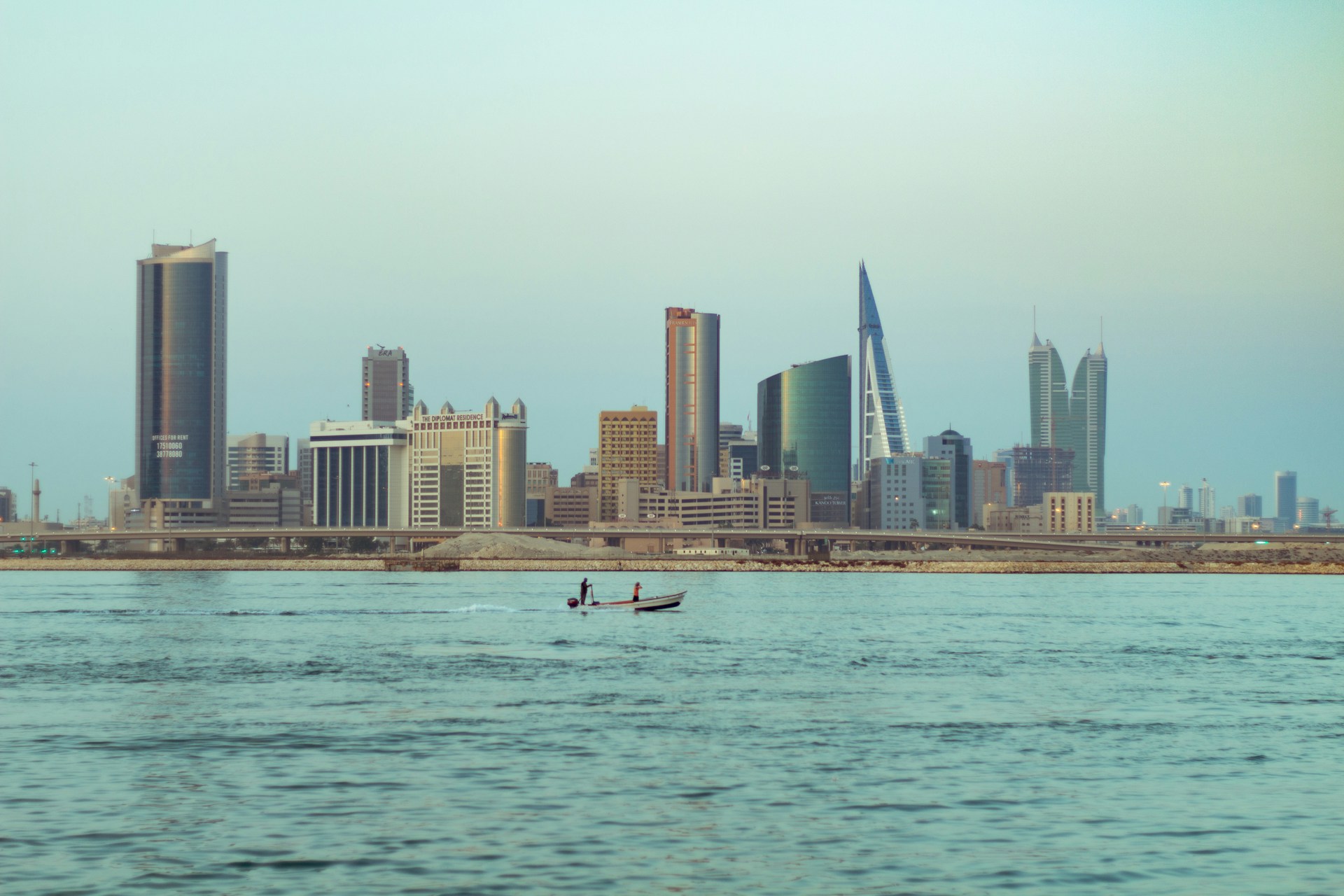Nestled in western Asia, Bahrain is a captivating country surrounded by the Persian Gulf, boasting about 50 natural and 33 artificial archipelago islands. Rich in cultural diversity dating back to the 1st century, the nation has undergone significant transformations over the years. Amidst its varied landscape, including low-lying deserts and reclaimed lands, it’s essential to be aware of the potential encounters with dangerous animals in the natural habitats of Bahrain. As we explore the unique fauna and flora, caution becomes paramount in appreciating the nation’s fascinating wildlife.
Table of Contents
Why visit Bahrain?
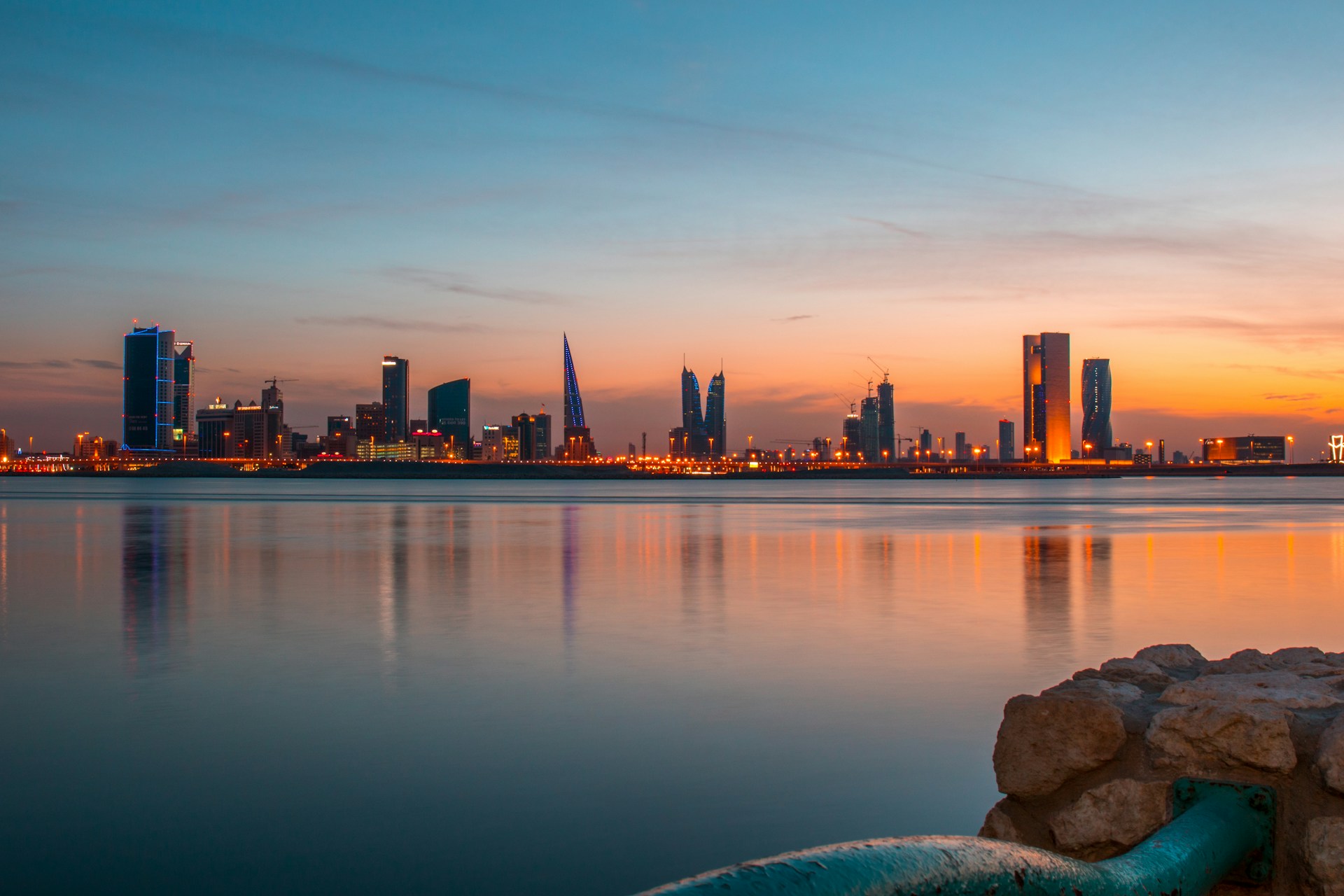
Bahrain offers an ideal setting to delve into the desert climate and explore the breathtaking coastlines. Whether you seek the thrill of desert racing, rally driving, or engaging in various watersports, Bahrain is the perfect destination. The country experiences an arid and semi-arid climate, with scorching summers and chilly winters, often accompanied by sandstorms. Despite minimal and irregular rainfall, Bahrain hosts over 330 bird species, including millions of migratory birds during winter and autumn from the Gulf region.
The opportunity to encounter unique creatures from Western Asia and the Middle East awaits, with the Arabian oryx as the national animal and the bulbul as the national bird. Exploring the diverse wildlife in the numerous nature reserves across the country adds to the allure of a trip to this region. However, as you embark on your Bahrain adventure, it’s crucial to be mindful of some dangerous animals that may cross your path.
Sea urchins

Sea urchins are among the most dangerous animals found in Bahrain, especially in the numerous public and private beaches scattered across the country. When exploring the waters, encountering these creatures on the seabed is common. Despite their appearance resembling little rocks, sea urchins respond aggressively with their spikes, delivering a highly potent venom upon provocation. The venom can cause local swelling, hallucinations, lowered heart rate, difficulty breathing, blurred vision, and, in severe cases, death for those highly allergic. Immediate medical attention is crucial if stung.
Annulated Sea Snakes
Annulated sea snakes, residing in the desert surrounding the Persian Gulf and the Arabian Sea, are another unique feature of Bahrain’s wildlife. Found on shallow reefs, they occasionally venture to the shore when searching for food. Possessing a highly venomous compound, these snakes release it when threatened or provoked. A bite can lead to symptoms such as lowered heart rate, palpitations, difficulty breathing, and, ultimately, death. Caution is advised, especially when exploring the shores of the Persian Gulf.
Yellow Sea Snakes
Yellow sea snakes, well-adapted to aquatic life, pose a significant threat in Bahrain’s waters. Caution is warranted during your visit, particularly in the sea.
Sharks
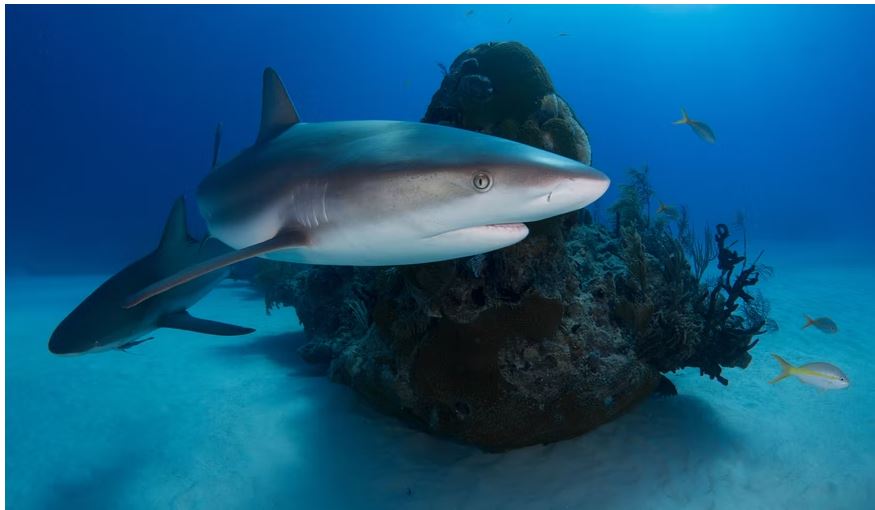
Although Bahrain is not home to the most dangerous shark species, sightings of grey sharks and over 20 other shark species have occurred. While sharks are not inherently dangerous due to their sharp teeth and swimming prowess, it’s crucial to prioritize safety during water exploration to prevent potential encounters.
Hardwicke’s Racers
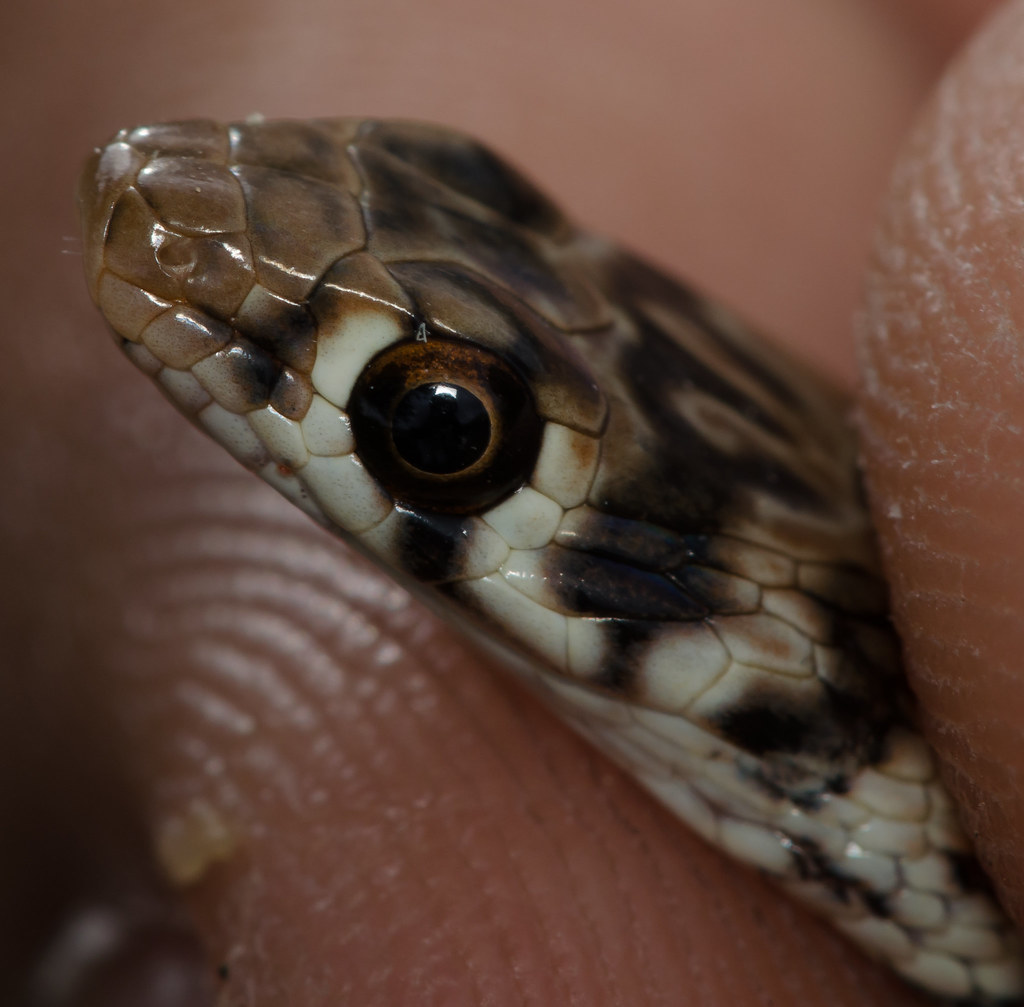
Hardwicke’s racers, fast-moving snakes critical in the ecosystem, inhabit the desert regions of Bahrain. While generally non-threatening, they may attack if provoked. It’s essential to be cautious, especially during desert exploration, and seek immediate medical attention if bitten.
Stray Dogs
Surprisingly, stray dogs are also considered dangerous animals in Bahrain, with over 25,000 roaming the streets. These dogs, often scavenging for food, can carry a multitude of bacteria and may transmit rabies through bites. Despite their seemingly harmless appearance, it’s advisable to maintain a safe distance to prevent any potential altercations during your stay in the region.
Stingray
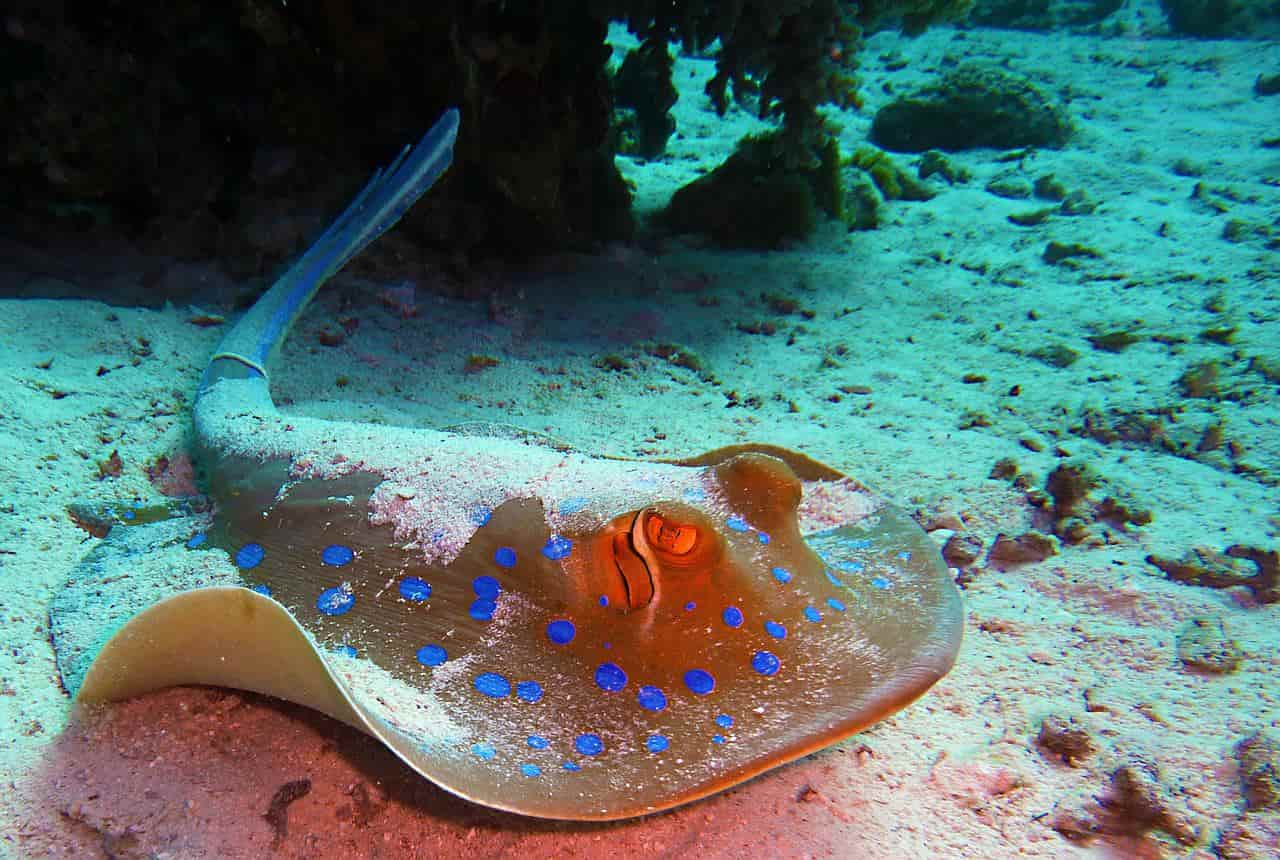
Encountering stingrays during a trip to Bahrain is an awe-inspiring experience. Found in the waters of the Persian Gulf, these creatures possess flat bodies and sharp spines that deliver a potentially dangerous venom. Particularly targeting children and individuals with compromised immune systems, stingrays bury themselves in the sand, making their presence camouflaged. Though generally docile, they can sting if provoked. The venom may cause sharp pain, swelling at the injection site, and, for those highly allergic, even death. Immediate medical attention is crucial if stung.
Arabian Camel
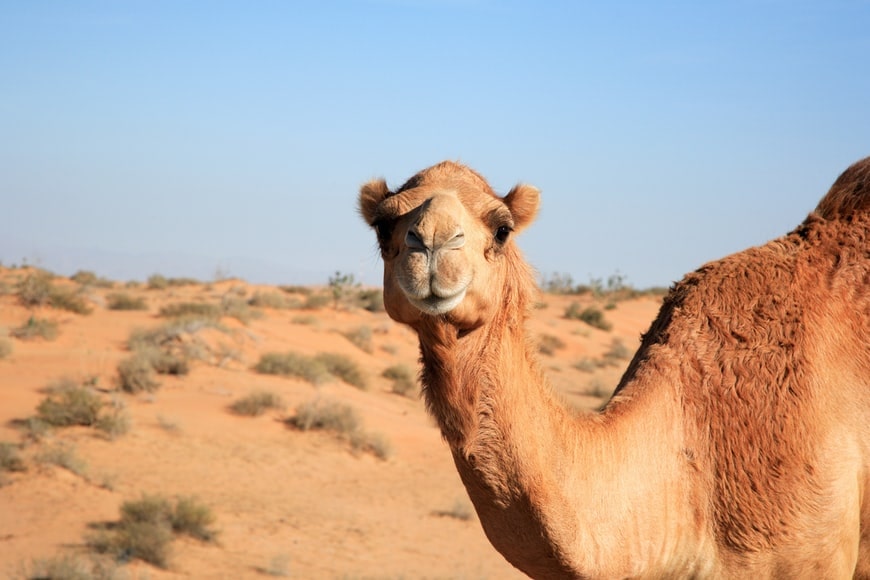
Considered a symbol of power and prosperity in Bahrain, the Arabian camel is a significant creature in the Middle East and northern Africa. While generally docile, these camels can kick or bite if provoked. Males can grow up to 6.6 feet tall and weigh about 1320 pounds, displaying unpredictability during certain seasons, especially the mating season, when testosterone levels surge. Caution is advised, especially when approaching them from behind.
Black Widow Spider

The presence of the black widow spider in Bahrain, particularly in the desert region, poses a danger. Known for delivering highly potent venom, the black spider’s bite can cause excruciating pain, loss of consciousness, blurred vision, lowered heart rate, and, in severe cases, death. Proper attire is essential when navigating their habitat, as the venom is 15 times more potent than that of a rattlesnake. If bitten, seeking immediate medical attention is imperative.
Elegant Sand Snakes
Found in Bahrain, the elegant sand snake is one of the most dangerous creatures due to its remarkable speed, reaching up to 10 mph. Utilizing its speed to catch rodents like rabbits and mice, these snakes possess grooved teeth that release venom when threatened. While the bite might not be fatal to healthy individuals, young children and the elderly, with compromised immune systems, are at a higher risk of death.
Golden Jackal

The golden jackal, a wolf-like creature, is prevalent in Bahrain’s open areas. Consuming small animals, its color varies from sandy tones to brown. Known for jumping up to 10 feet high and running at speeds of up to 60 kilometers per hour, these territorial creatures may perceive human presence as a threat. Maintaining a safe distance is crucial during exploration.
Arabian Sand Boas
The Arabian sand boa, a dangerous snake found in Bahrain, possesses exceptional camouflage skills and hides from humans. Although lacking highly potent venom, these snakes are dangerous due to their constricting method of killing prey. Caution is advised when exploring different parts of the country, especially in the evening and morning, as keeping a safe distance from them is essential.
_____________
Check out the dangerous animals from the nearby countries:

